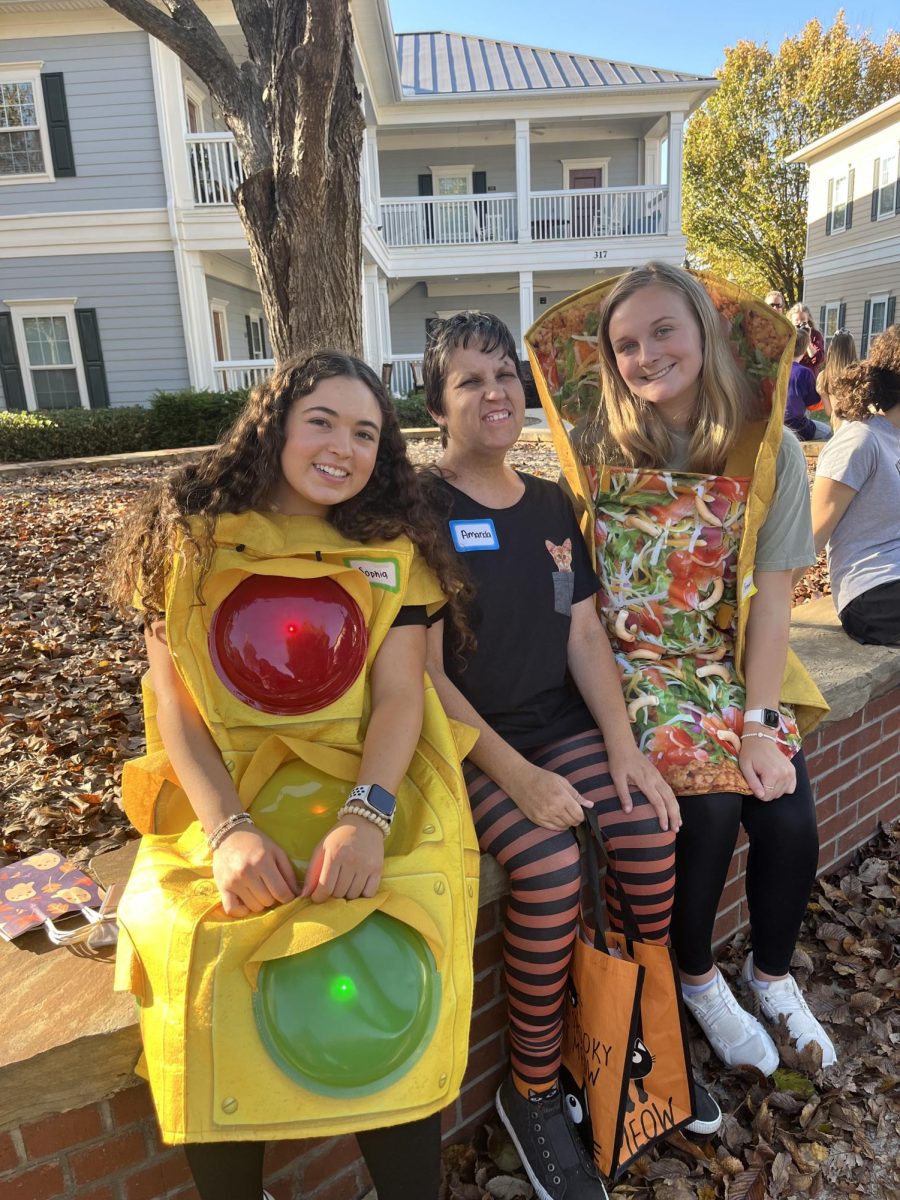Exhibition coming soon to Richardson Gallery
Siendo mujer: a short study of the female experience in South America will be open to the public on Oct. 17. It will occupy the front gallery space of the Rosalind Sallenger Richardson Center for the Arts. The exhibition will feature photographs, lithographic prints, collages and even textiles from Chile, Argentina, Uruguay, Brazil and Peru.
And I am the curator.
Before the Rosalind Sallenger Richardson Center for the Arts was dubbed “the Ros,” my freshman roommate Megan Dempsey, ’20, nicknamed it the “RoSaRi”. When we used to walk from our room in Carlisle to dinner in Burwell, I looked longingly over my left shoulder at the muddy construction site that had yet to bear any resemblance to the stunning space that now rounds off that section of our campus.
As a freshman, I was the girl who couldn’t wait for that building to finally open. Three years later, I’m now anxious for my own exhibition to soon open in the same building I watched rise from the ground.
Ironically, as enthusiastic as I was for a proper arts center on campus, I had no plans to be an art history student.
I attribute my enthusiastic love of the arts to genetic inheritance. I am the great-granddaughter of a painter, granddaughter of a symphony cellist, daughter of an interior designer. I was raised by creative and resilient women and grew up in a home (stylishly) decorated with acrylic and watercolor paintings that bear a familial signature in each corner. My exhibition, among other role models and mentors, is dedicated to them.
A year ago, I met 6 year-old Mateo, son of Mikele Orroño. He too will understand what it means to be raised by creative women. Excitingly, his mom’s work will be featured in the exhibition in Spartanburg, South Carolina–far from the home of he and his mother. The singular gilded frame of the entire collection belongs to her.
Orroño, a single mother living in Santiago, Chile, invited me into her home one Friday evening last Sept. We sipped espresso out of wide bowls—a quintessentially French thing to do, but she carries a French air about her sometimes—as we discussed the role of art in the feminist wave that presently inundates the country. She later invited me to the opening of her first ever solo exhibition.
The following month, she invited me to stay with she, her son and family at their beach home up the coast from Valparaíso (where I was living for the semester) for a weekend. Not only was she the first artist I interviewed, thus launching the research project that soon will take physical form in a gallery space like the one at which I met all of her friends and family that opening night, but Orroño became a friend and another creative female role model—like the ones that raised me.
I was reviewing footage from last year in preparation for my exhibition when I rediscovered a clip I recorded of Orroño thanking all the guests who came for the opening night of her private exhibition. Glass of champagne in hand, dressed impeccably, and one hand on her son’s shoulder, Orroño told us, “How I wish I could convey what it means to share my whole heart with you. These images are pieces of me that I want to be known, because they share a story that we haven’t finished yet. Help me write this story.”
I won’t have a fizzy beverage and I won’t be dressed as lavishly, but when I get the opportunity to thank everyone who played a role in the eventual opening of my exhibition, I will express her exact sentiments.

























